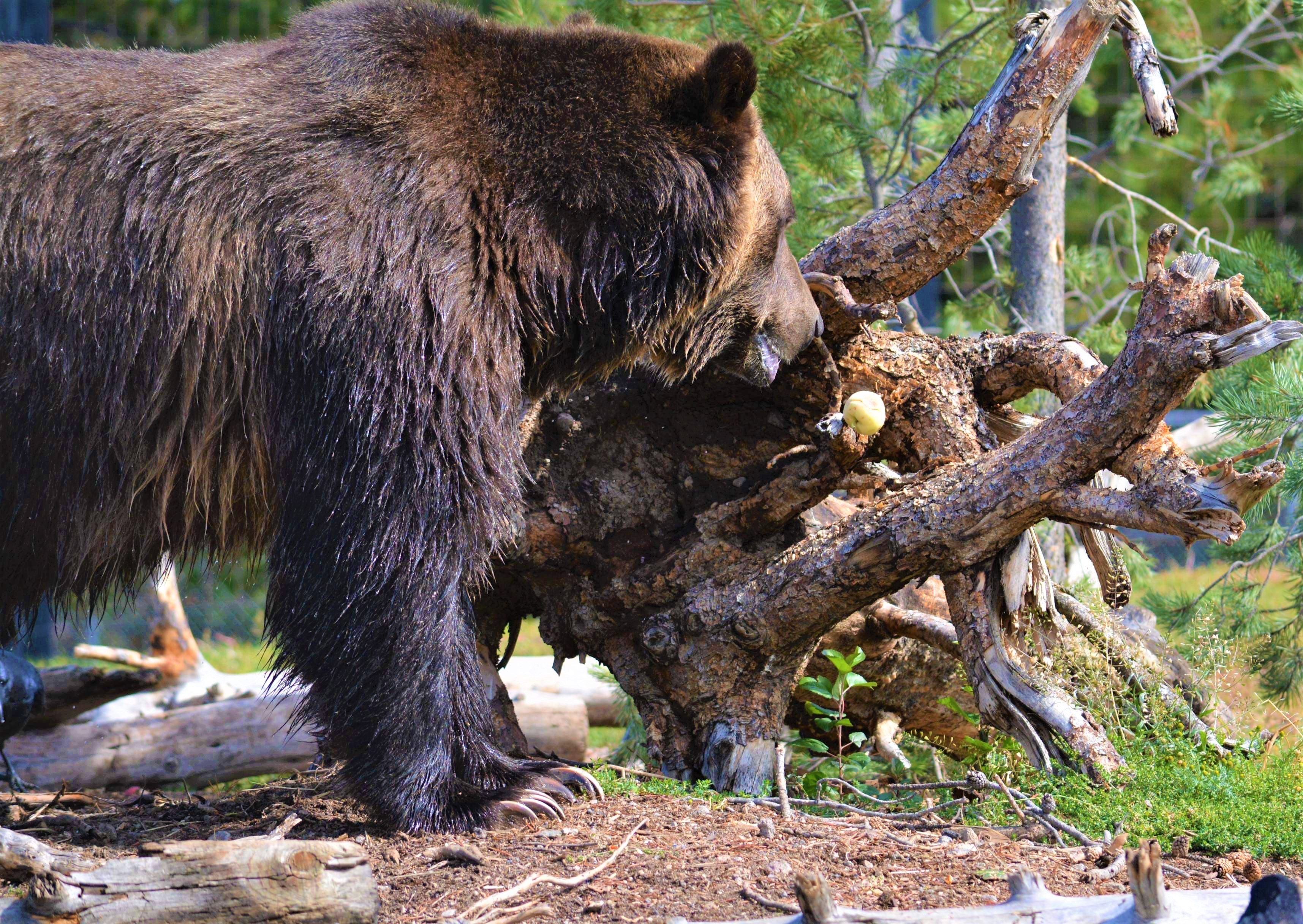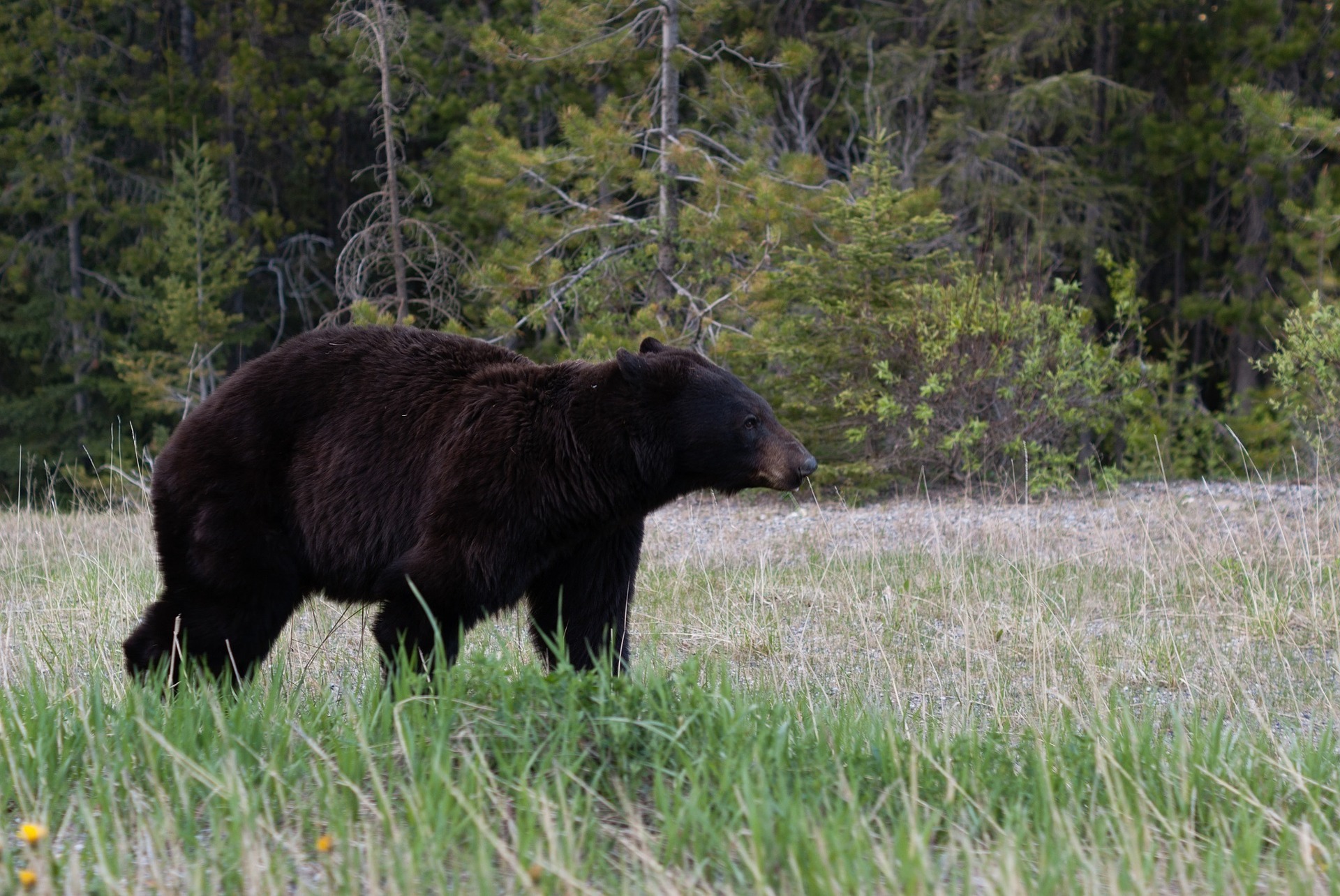North Idaho is home to both grizzly and black bears, and nearly all of Idaho has black bears. Each spring, they emerge from hibernation ready to feast and pack on fat for next winter. Unfortunately, this insatiable appetite can often land them in areas and situations where public safety is at risk. But there are some simple steps landowners and recreationists can take to make themselves and their properties less appealing to bears.

Grizzly and black bears are coming out of hibernation, and here’s some helpful tips for how to live and recreate in bear country
Get yourself and your property ready for living and recreating in bear country

Spring and summer 2022 laid claim to unprecedented grizzly and human encounters in the Panhandle, particularly in Boundary county. Many of the recorded incidents occurred on private property and resulted in the loss of livestock. Thankfully none of the incidents resulted in human injury. A little preparation can go a long way to preventing more incidents from occurring this spring.
Get your property ready
- Electric fences are the most effective deterrent for grizzly bears.
- Dispose of carcasses and afterbirth through sanitation services, inside an electrified boneyard or by distributing away from people, buildings and livestock. Electric fences can be placed around fresh carcasses and bone piles until they can be permanently removed.
- Install electric fences around non-removable attractants, such as birthing grounds, sheep-bedding areas, chicken coops, bee apiaries, compost piles, gardens, fruit trees, berry bushes or corn fields.
- Vulnerable animals should be secured within an electric fence when unattended by people or at night. Vulnerable livestock include young, sick or injured livestock, and small livestock such as poultry, goats, sheep, rabbits, llamas and pigs.
- Properly dispose of attractants, including trash and compost.
- Securely store food, garbage, beehives, grain spills, scented products and other attractants in a bear-resistant place.
- Keep pet food secured as you do your own. Bears like pet food as much as your pet does.
- Many attractants can be secured in hard-sided buildings with four walls, a roof and locking door.
- Avoid filling bird feeders until wintertime.
- Do not bury or throw garbage into the nearby woods.
- Make sure to clean your grills and keep them in a building, if possible.
In addition, here are a few tips in the event you do encounter a bear either on your property or while out recreating:
- Never approach bears, always stay at least 300 feet away.
- Do not interrupt bear activities.
- Never feed bears.
- Carry bear spray and know how to use it.
- Never run if you encounter a bear.
- Avoid recreating alone, stay on maintained trails and make noise.
- Avoid recreating at dusk, dawn or night.
Know the difference between a defensive encounter and a predatory encounter and how to respond in each situation. Check out this helpful video for details.

We are here to help
Two Fish and Game employees are largely dedicated to grizzly bear management and education in the Panhandle Region. The first is a Grizzly Bear Enforcement and Education Senior Conservation Officer, and the second is a seasonal Grizzly Bear Management and Education Biologist.
The positions exist to respond to grizzly bear-human conflicts, work with landowners to prevent future bear conflicts and provide bear education and outreach. Both positions are based out of Boundary County, and as part of their program, supplies and support can be provided to the public for grizzly bear-human conflicts.
Landowners can request assistance and a variety of educational materials for “living in bear country” by contacting the Panhandle Regional office at (208) 769-1414. We encourage the public to take advantage of the resources we have available to help. In addition, other cost-sharing programs through other entities exist for reducing human-bear conflicts.
For more information or if you have questions, please contact the Panhandle Regional office.
You can also follow the Panhandle Region Facebook page to get regular news and updates.
